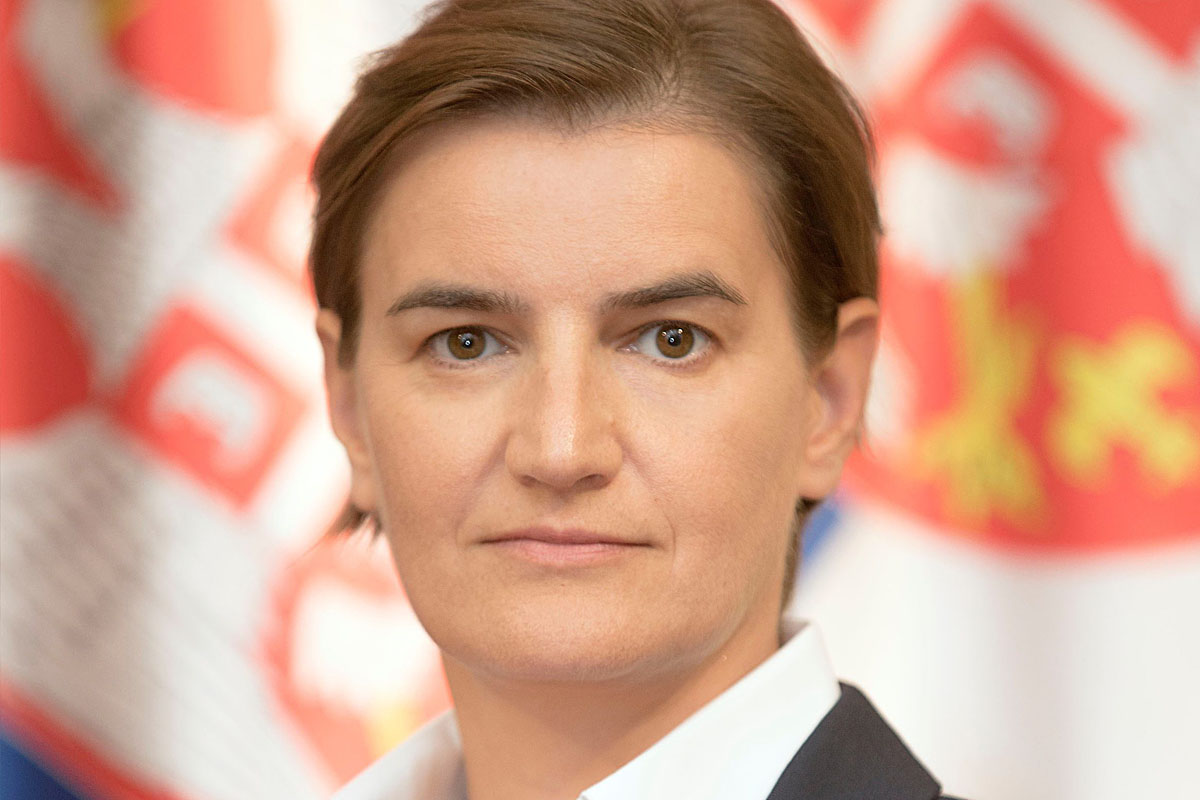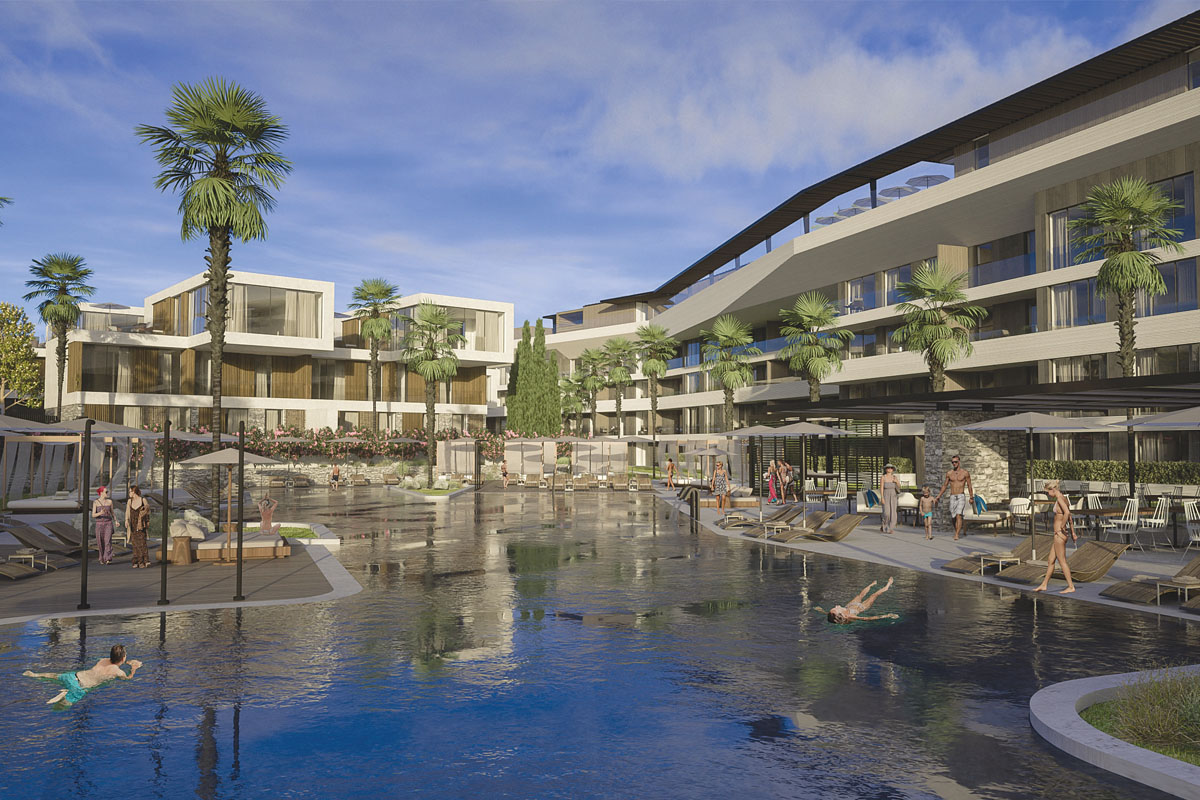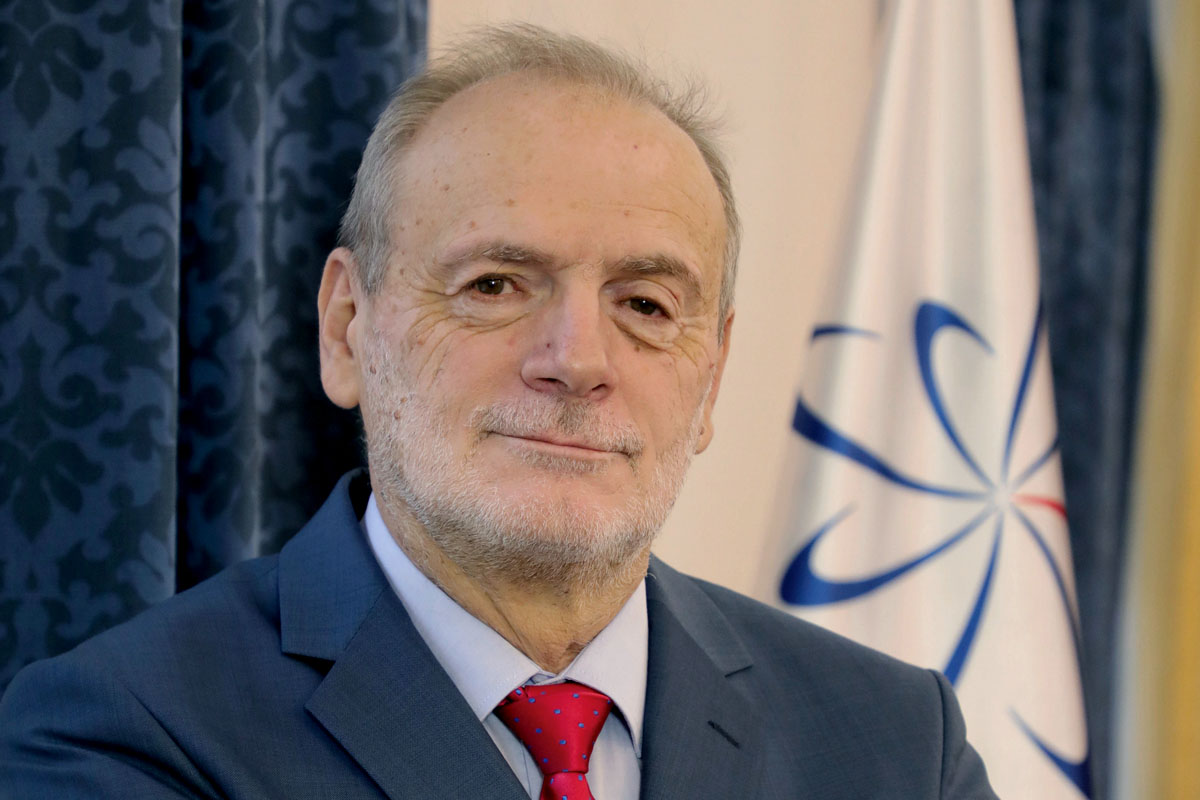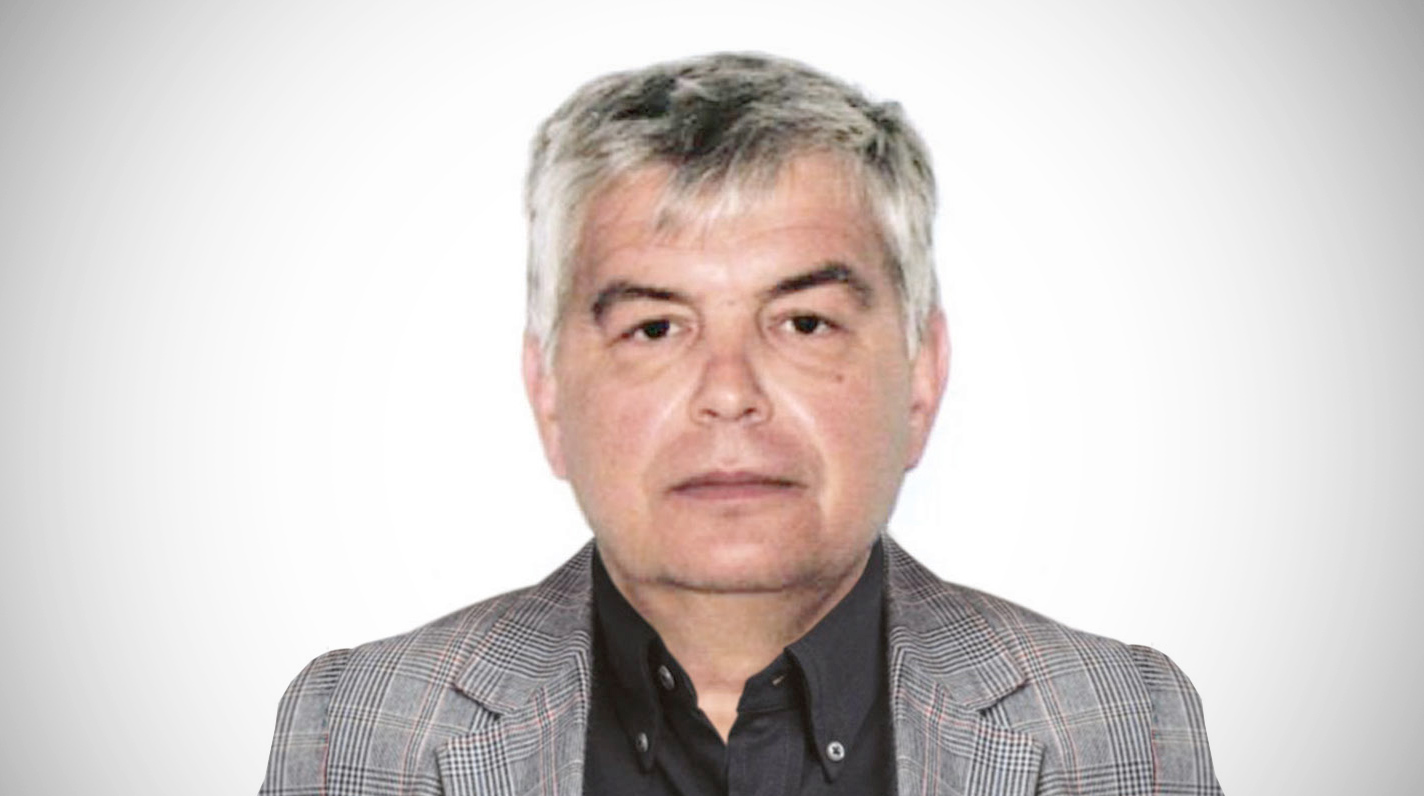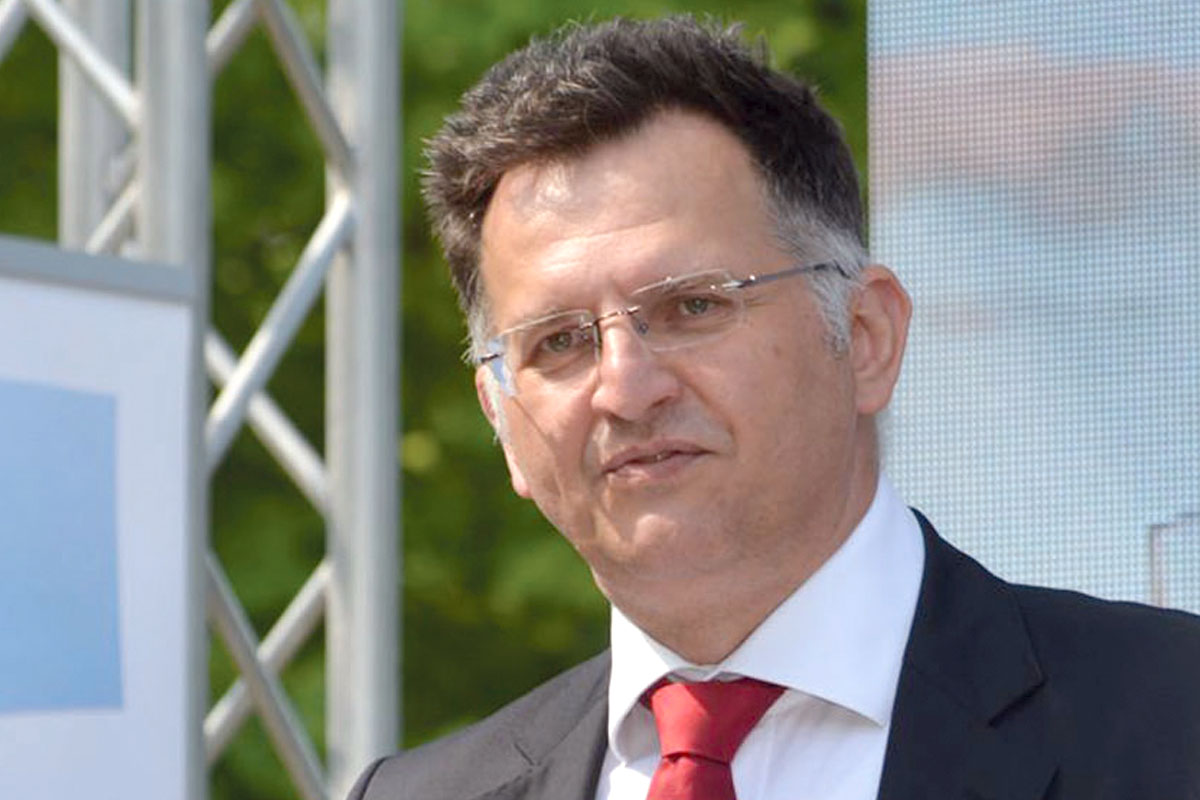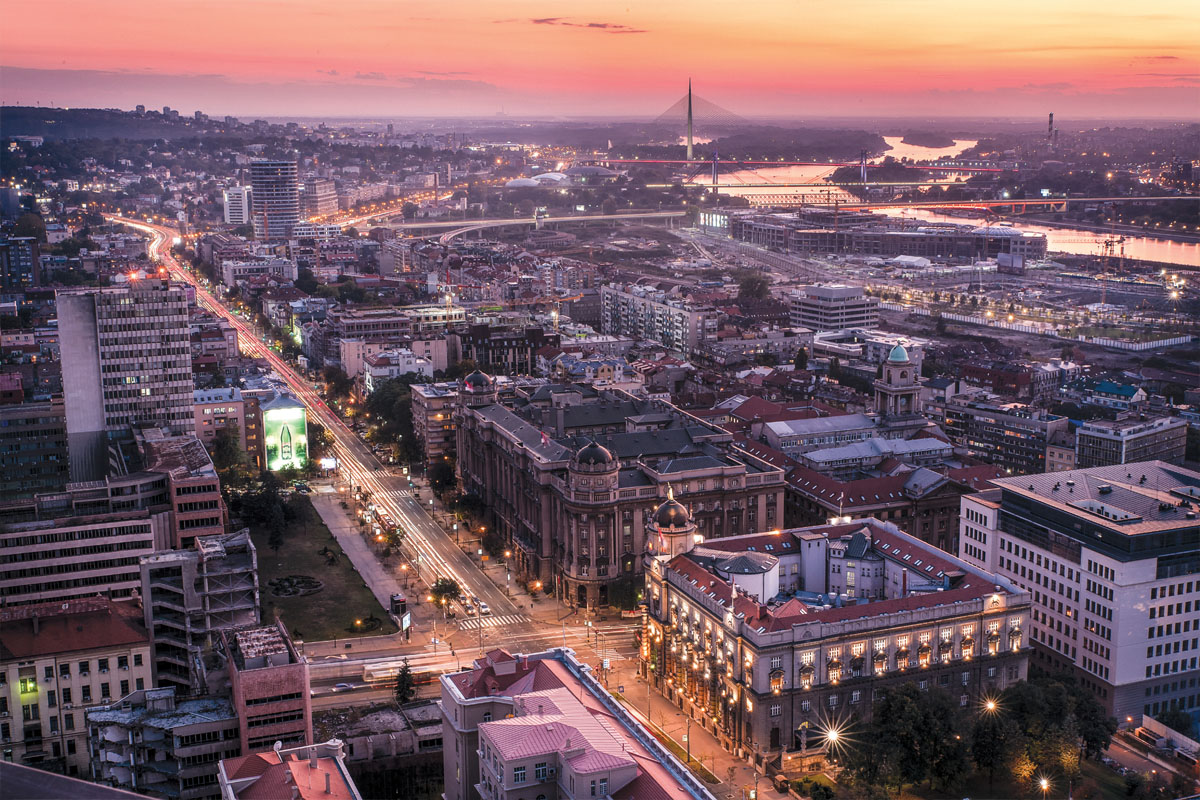Serbia Report | by Penresa
About
Serbia lies in south-eastern Europe at the center of the Balkan Peninsula and has undergone a fast-growing development based on an open market and EU economic system. An important territory geopolitically, it is at crossroads with a number of countries with the river Danube running through it, providing easy access to countries such as Türkiye, Greece, Austria, Germany, Slovakia, Italy, and many more.
An extremely modern and democratic country, Serbia is headed by President H.E. Aleksandar Vučić, a dedicated pro-EU reformer, and Prime Minister Hon. Ana Brnabi, an independent politician. Hon. Brnabi's strategic aims lie in digitalization, education and macroeconomic stability, and a high rate of economic growth. The government's policies and reforms over recent years have focused on strengthening foreign exchange revenues while improving the management of Serbia's natural resources and infrastructure development.
Serbia's natural resources provide the nation with deep potential for growth, development, and transformation. Agriculture and the food industry are important economic sectors and the nation's fertile river valleys and hills provide the ideal environment for the growth of a wide variety of fruit and where industrial production is high. East Serbia is rich with minerals and gas and the nation's numerous rivers provide the nation with huge hydroelectric potential. The latter is proving key to driving the nation's commitment to a greener, resilient, and more inclusive growth. Having pledged an investment of US$19.6 billion in renewable energy sources over the next 20 years, Serbia is committed to replacing its coal-fired plants and providing energy security. A pipeline extension is currently under construction which will connect Serbia to Bulgaria and significantly diversify its gas supplies.
In a bid to enhance connectivity, Serbia is keen to modernize its rail infrastructure. Through a US$7.7 billion investment, 1,000 kilometers of railway lines are currently being rehabilitated, boosting connectivity and addressing the climate change emergency. Likewise, the government's focus on infrastructure development and connectivity has seen it develop plans for the construction of the Nis-Plocnik section of its highway, otherwise known as the 'Peace Highway,' connecting Niš to Kosovo's Priština, Albania's capital Tirana and ending in Durrës on the Adriatic Sea. Serbia is also one of the most successful countries in digitalization, with ICT and e-governance a top priority in governmental policy to achieve full digitalization by 2026.
As Serbia moves steadily towards EU membership, it continues to develop an extremely competitive market economy based on foreign investment, a positive business climate, and strong multilateral relationships, maintaining a dynamic and sustainable momentum in its trajectory towards becoming the premier investment location in Europe.








